When Pixel 10 users installed the October security patch expecting the usual bug fixes and improvements, they got something else entirely: apps that refuse to work properly. Community forums are buzzing with reports of apps freezing at startup, hanging on splash screens, or throwing the dreaded "isn’t responding" prompt, according to multiple user reports on Reddit. Tap an app, watch the logo linger, then nothing. You can almost hear the sigh. The problem seems broad enough to hit everything from messaging to banking, turning Google’s latest flagship into a daily headache. Standard troubleshooting like clearing cache or reinstalling apps hasn’t provided lasting solutions.
What’s actually causing these crashes?
The culprit is not obvious at first glance, but signs point to a compatibility conflict between Google Play Services and the October system update. Users say apps open, then freeze, with the system eventually offering to terminate the unresponsive app. The timing lines up with software trouble, not hardware.
The scope is what grates. Reports indicate the crashes affect both first-party Google apps and third-party applications, covering navigation, streaming, and financial services. The likely root is API mismatches between the updated Android system and Google Play Services, the behind the scenes layer for sign-in, notifications, and location.
Quick primer time. A Pixel update juggles three pieces that need to stay in sync, the main Android system build, Google Play system modules, and Google Play Services. Think of a choreographed routine where one dancer jumps ahead and everyone else misses the beat.
When one part moves ahead without proper coordination, mild API mismatches can cause crashes or "Application Not Responding" situations. That is why unrelated apps can fail in exactly the same way. They all try to talk to Play Services using the same protocols. If those protocols do not match, everything stalls. On Pixels, Play Services is particularly important because it handles the sign-in process, location tracking, notifications, Wallet configurations, and a wide variety of lower-level APIs that modern apps use.
Which devices are getting hit the hardest?
The crash streak appears concentrated on Pixel 10 series phones, with early reports suggesting the Pixel 10 Pro is getting the worst of it. Some Pixel 9 users have reported similar symptoms, yet the storm seems mostly stuck on the newest lineup.
Older Pixel models appear mostly unaffected, and non-Pixel Android devices have not seen similar widespread crashes. That suggests a Pixel-specific compatibility mismatch rather than an Android-wide meltdown.
The concentration on newer devices tracks with the architecture. The Pixel 10 series runs Android 16 with Google’s Tensor G5 chip, creating system interactions older hardware does not hit. Those cutting edge components process the October changes differently, which can trigger the Play Services conflicts that previous models avoid.
Temporary fixes that might help, with big caveats
A few community workarounds are making the rounds, each with trade offs. The most common involves uninstalling Google Play Services and Play Store updates after the October system patch, then reinstalling them. Some users see relief for a while, but the fix often proves short lived.
A lighter touch is clearing Google Play Services data rather than uninstalling updates. Less disruptive, sometimes enough.
Both approaches have risks. Uninstalling Play Services updates will sign you out of all Google accounts and can temporarily disable Google Pay, notifications, and app authentication. If your device is not crashing yet, avoiding Google Play Services updates entirely might be the safest approach until a proper fix lands.
Here is the rub. These are band aids that treat symptoms, not the cause. Others have said the crashes came back after a later restore was performed, which points to an underlying API conflict. Simply put, it is a high stakes temporary measure, not a panacea.
PRO TIP: If you are going to try these, use a more systematic pass that builds on the basics:
- Start by checking for updates to Google Play Services, the Play Store, and the "Google Play system update" under system settings, then reboot. Getting every layer in sync can fix the issue without drastic steps.
- If that fails, clear only cache, not data, for Google Play Services, Google Play Store, and affected apps, then reboot. It is less disruptive and can clear corruption.
- Also check for betas. Make sure you are not part of beta tests for Play Services or the Play Store. Early builds behave differently on new system versions and add friction to an already tricky mismatch.
What’s Google doing about it?
Google has not officially acknowledged the widespread nature of this problem, though it typically patches system level stability issues through quick over the air updates. Given how rapidly complaints are piling up on support forums and social media, an official response seems likely.
There is a bit of flexibility baked in here. Google can potentially resolve this type of compatibility issue through multiple channels: a small system patch, an updated Google Play Services release, or server side configuration changes that require no action from you. The company’s telemetry can spot crash spikes across millions of devices, which kicks off internal escalations. Historically, widespread stability problems affecting core system components get addressed within days of being identified, though timelines do shift.
For now, affected users should document experiences through official support channels and skip factory resets, which have not helped here. If you have not installed the October update yet, consider delaying it until Google offers clearer guidance.
The bigger picture: when updates break more than they fix
This October patch mess spotlights a familiar tension in smartphone software. Monthly security updates keep devices safe, yet the three way interaction between system updates, Google Play Services, and apps leaves room for compatibility hiccups. The Pixel 10’s cutting edge hardware and software integration, while usually impressive, can sometimes make these devices more susceptible to systemic issues.
The unsettling part is how traditional fixes like reboots and cache clearing prove ineffective when the conflict lives at the system level. When the usual tricks fail, you are not dealing with a flaky app. You are looking at components that no longer agree on how to talk to each other. That puts pressure on Google’s quality assurance and hints that deeper compatibility testing is needed before pushing major updates to flagship devices.
It also lays bare how dependent modern Android apps are on Google Play Services. Not just Google’s own apps. Third party developers rely on Play Services for sign in, push notifications, and location. When that infrastructure stumbles, the failure cascades.
For Pixel 10 owners stuck in the crossfire, patience and vigilance help. Keep an eye on the Pixel community forum and Google’s issue tracker for movement, and remember this looks like a temporary software conflict rather than a hardware flaw. Bottom line, Google has the tools and the incentive to fix this fast, so a resolution should be coming soon.




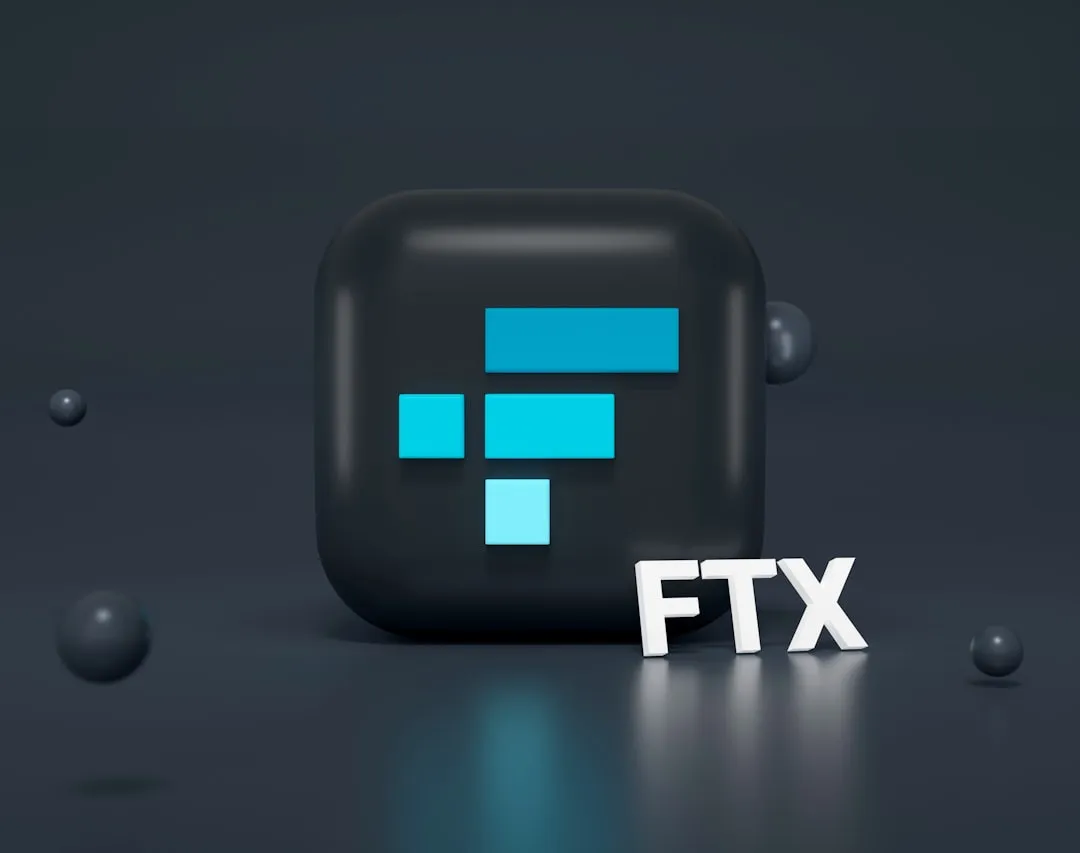
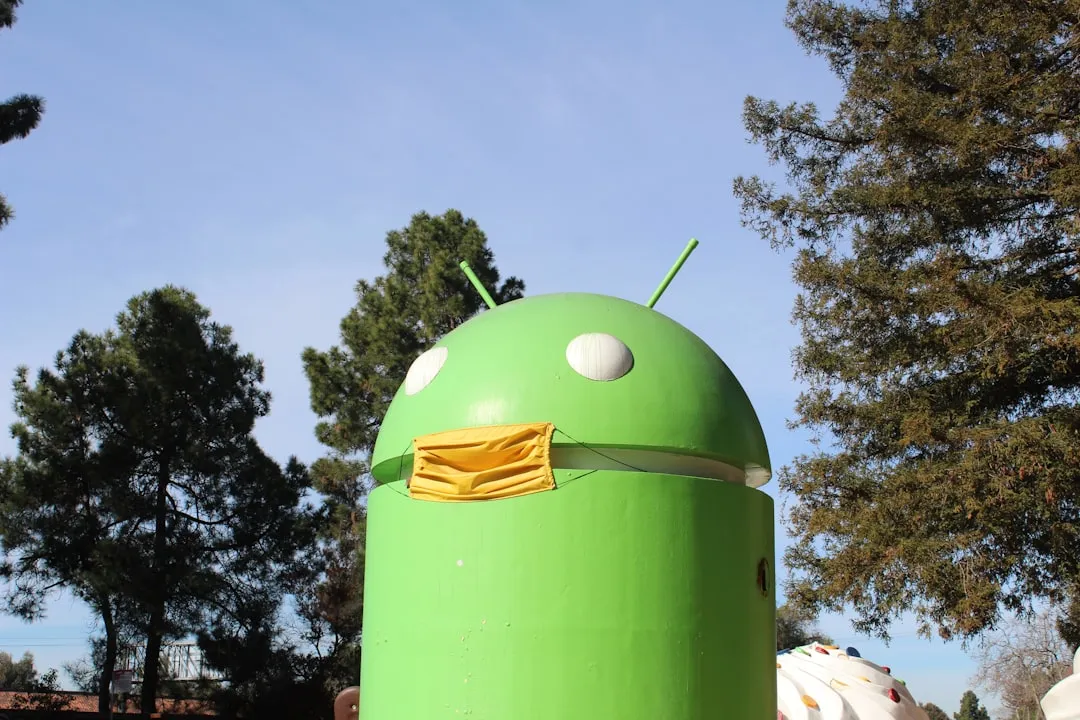
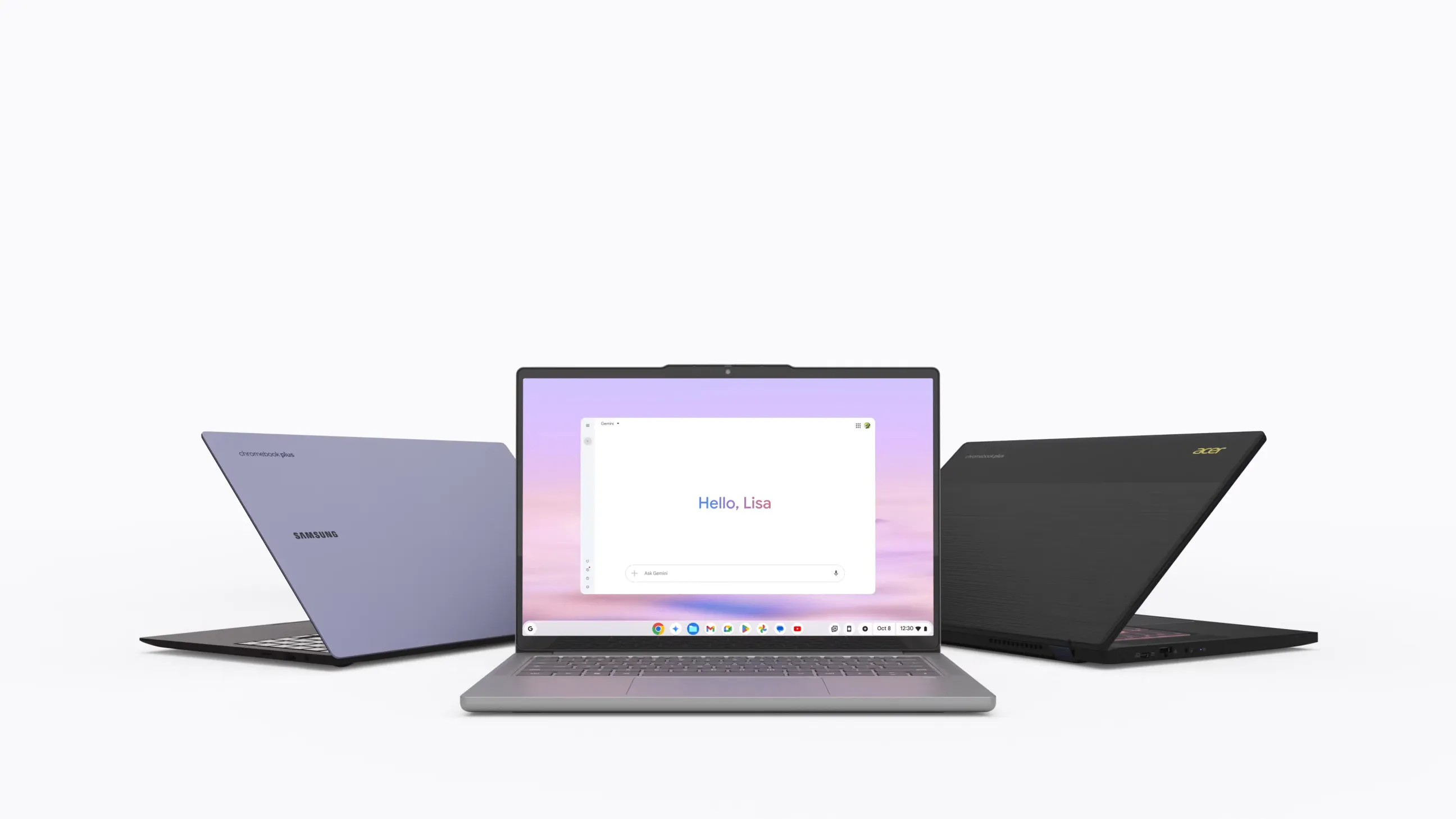

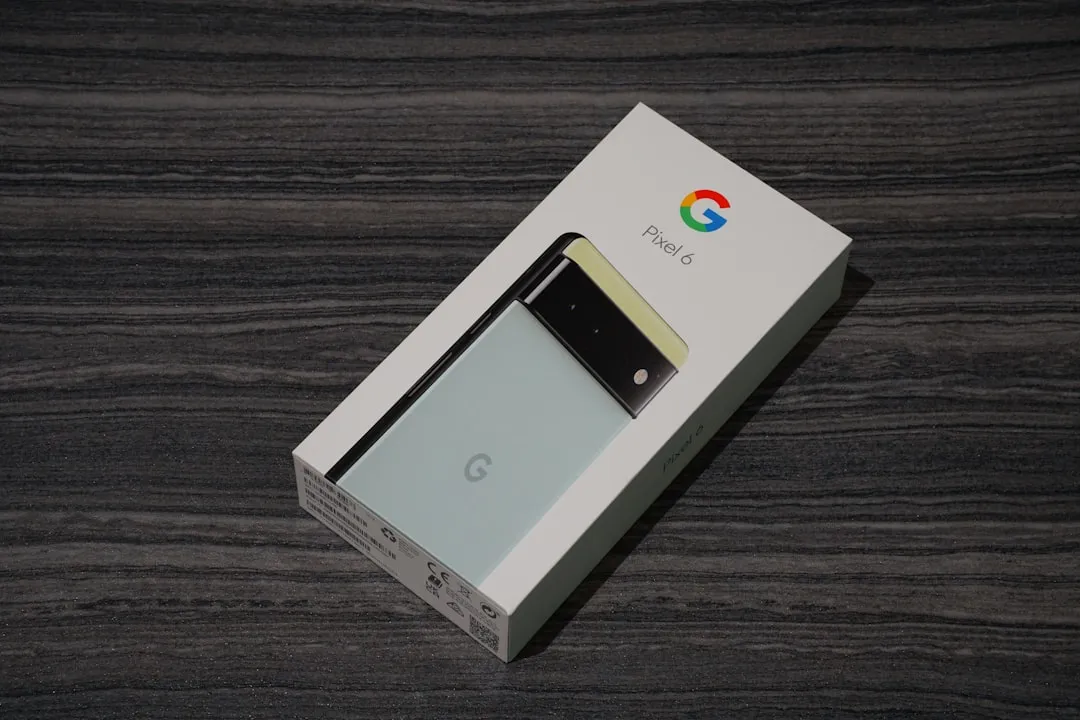
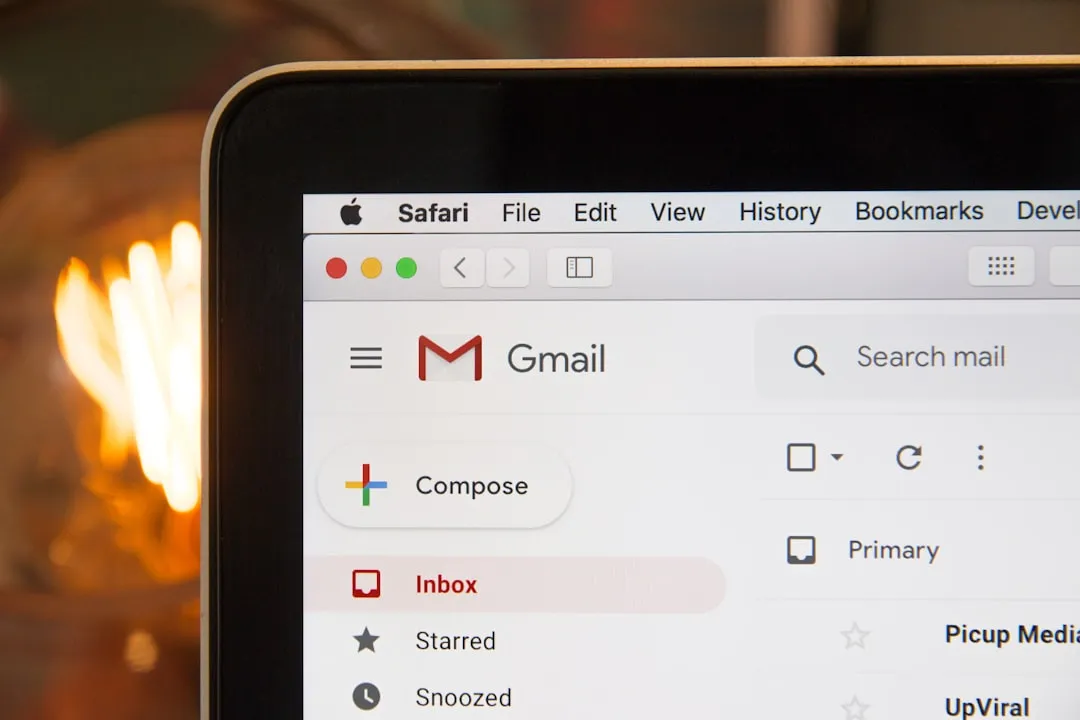
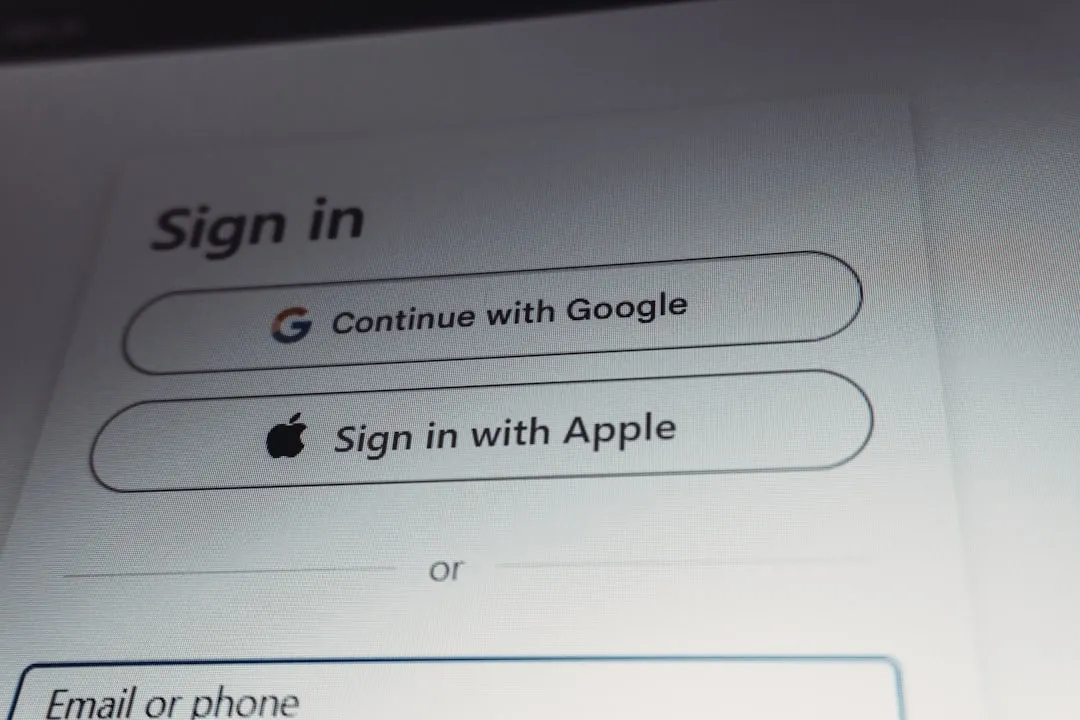
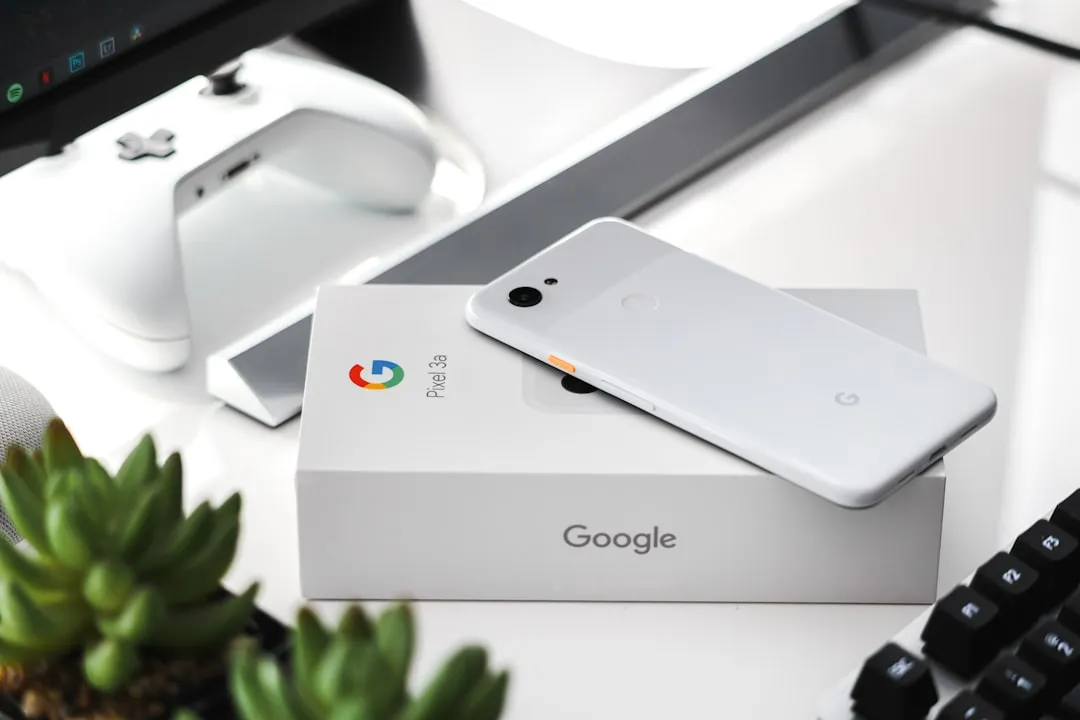

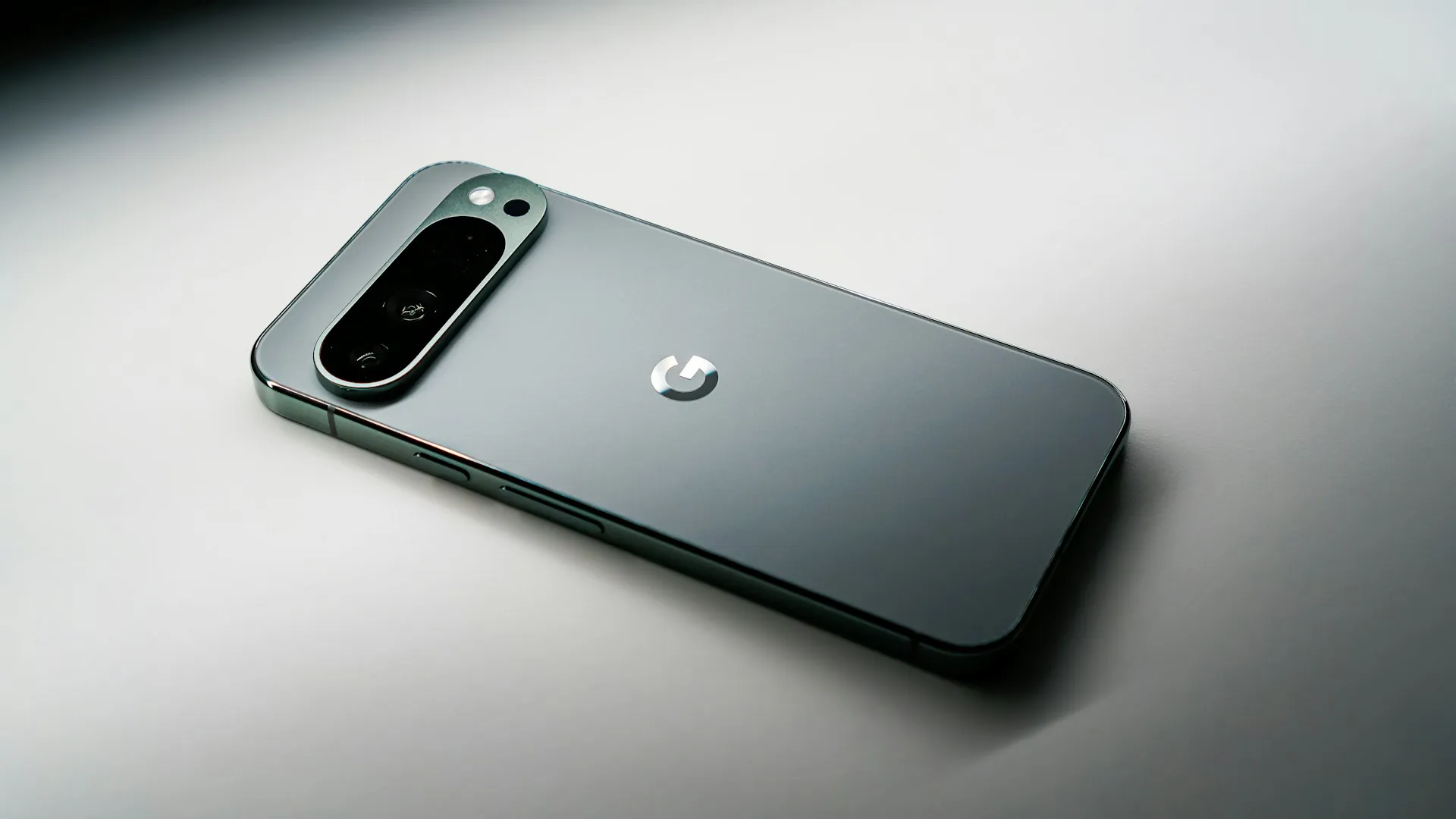
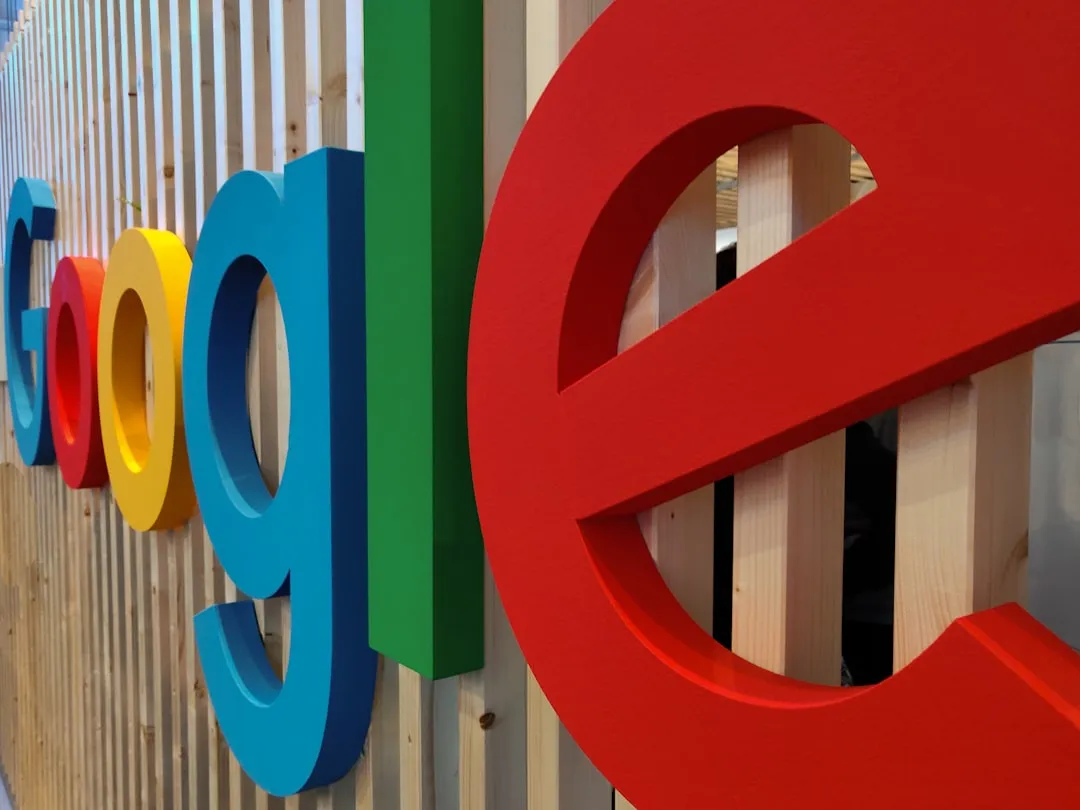
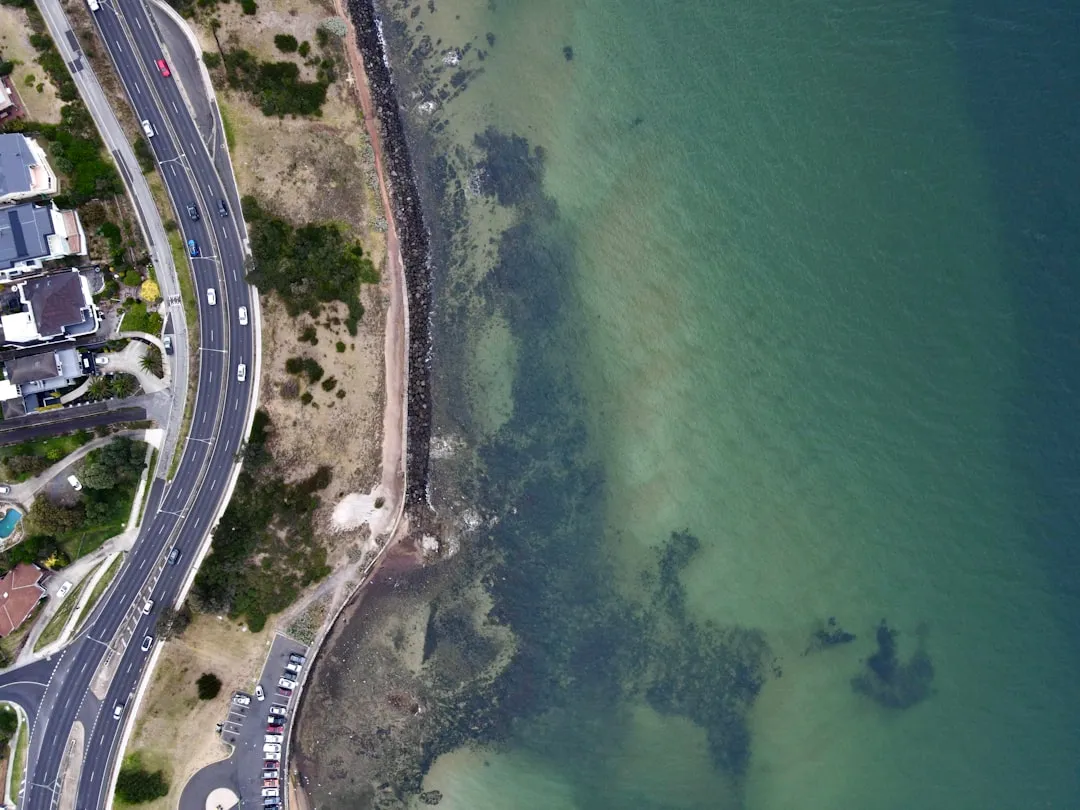
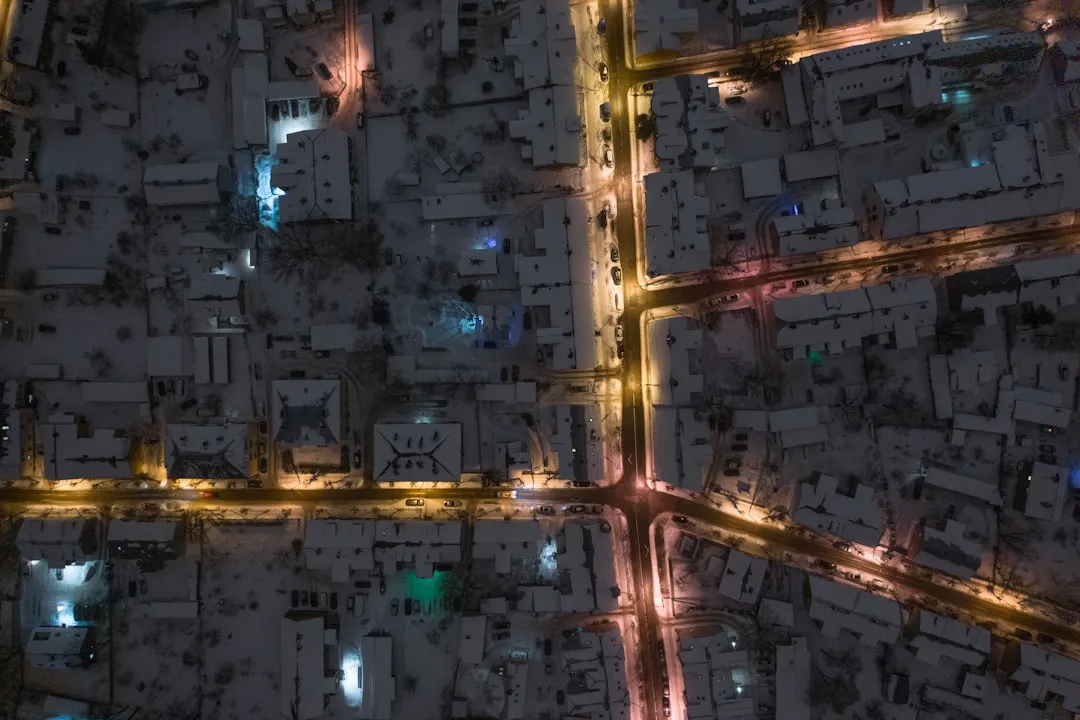
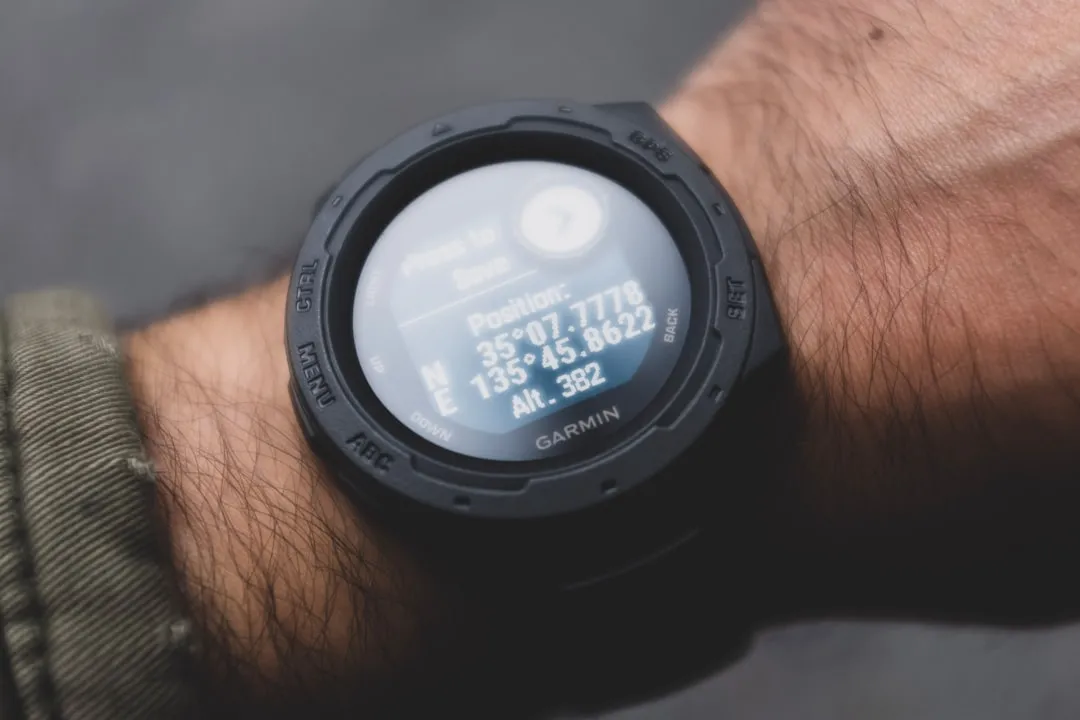
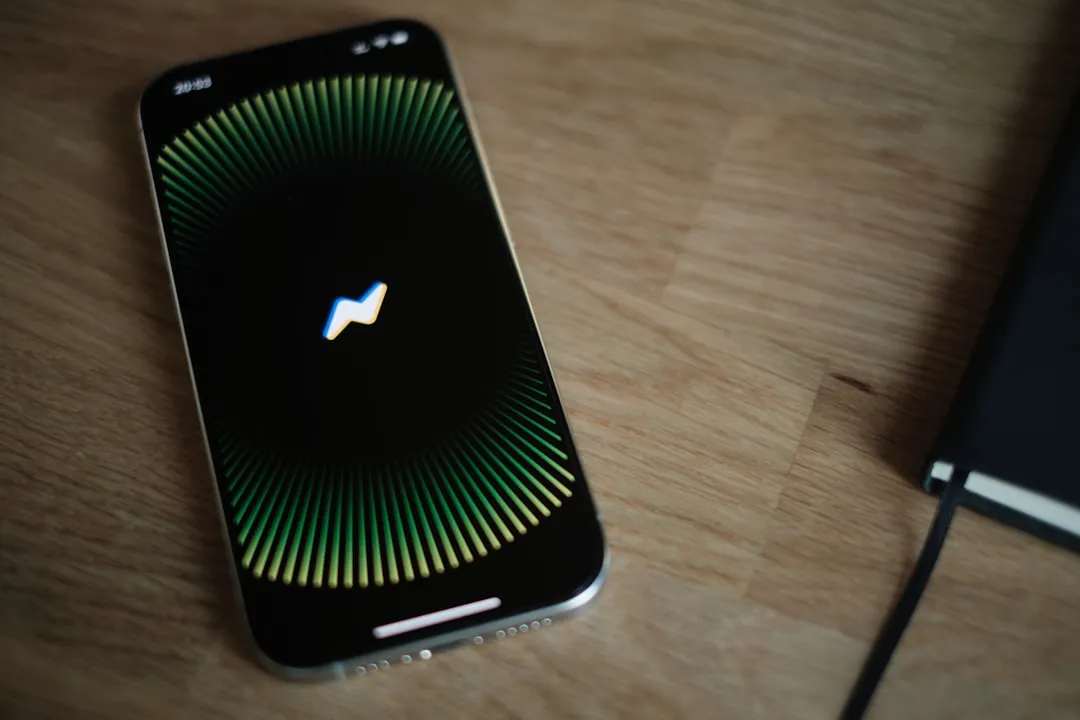

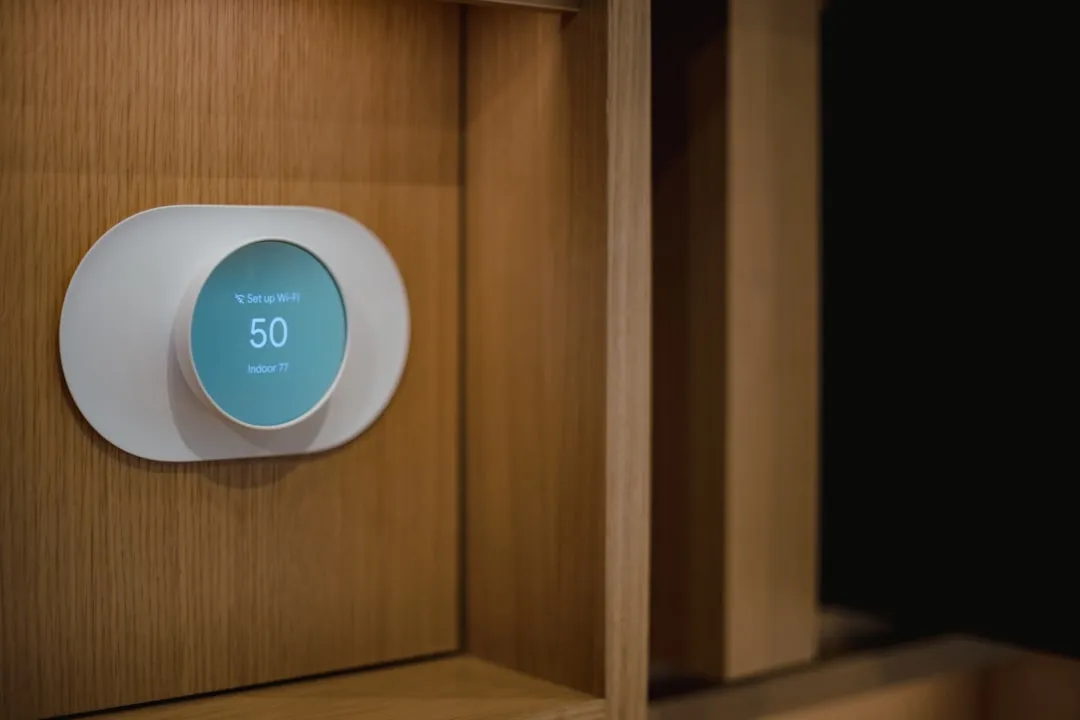

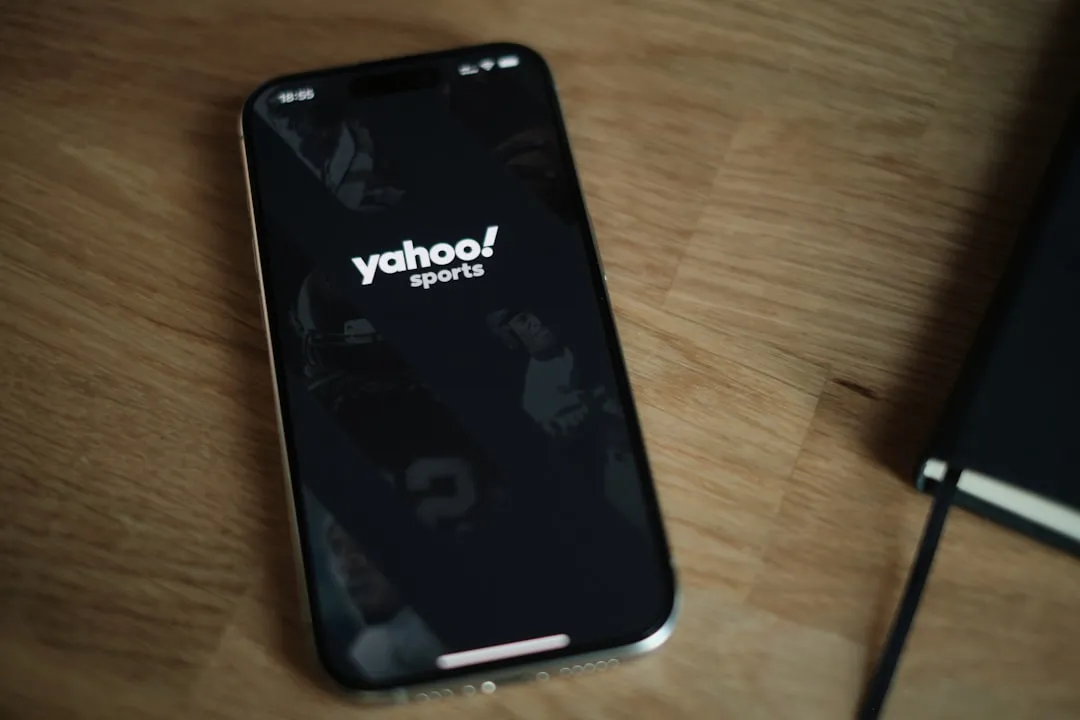
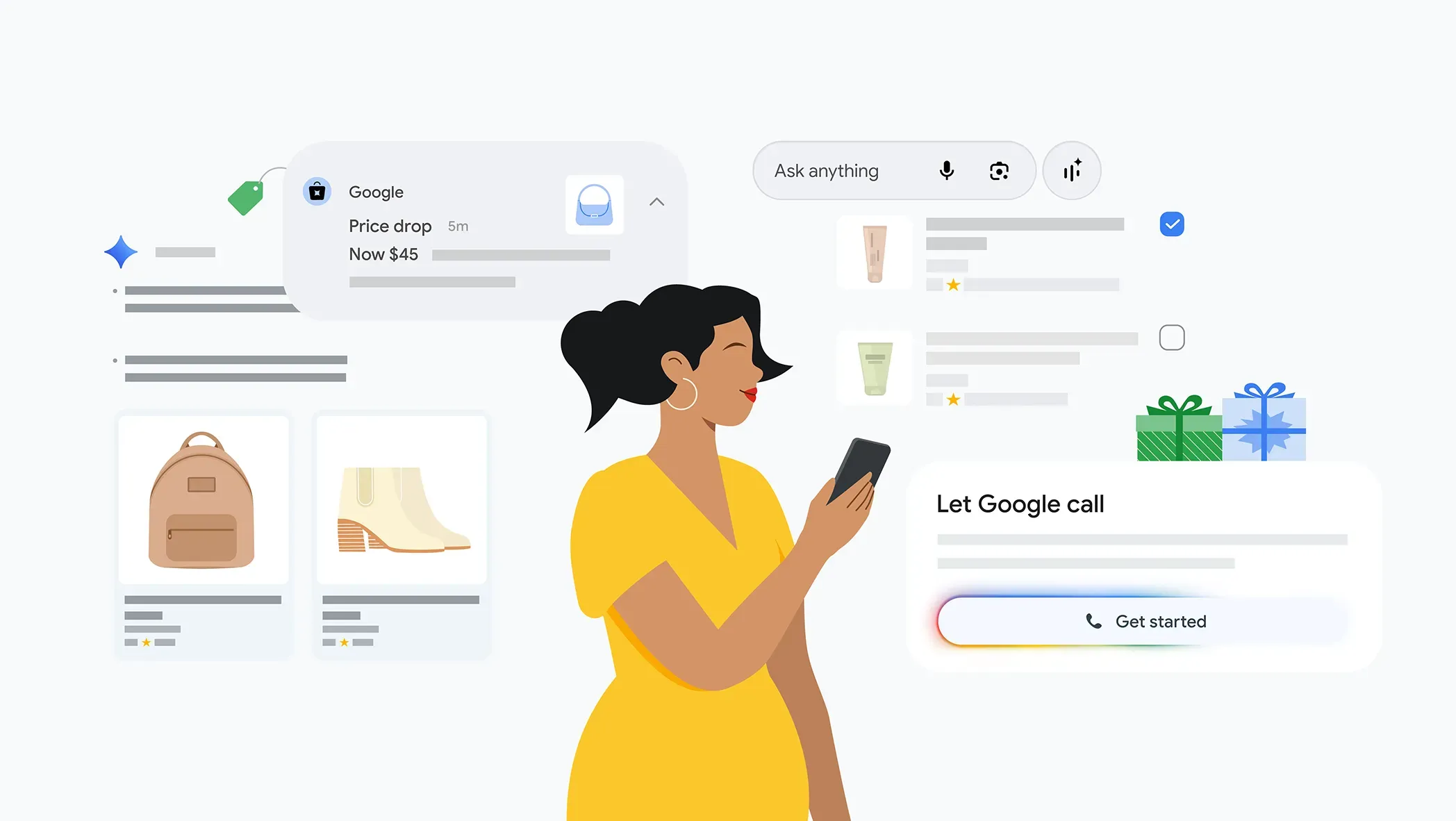
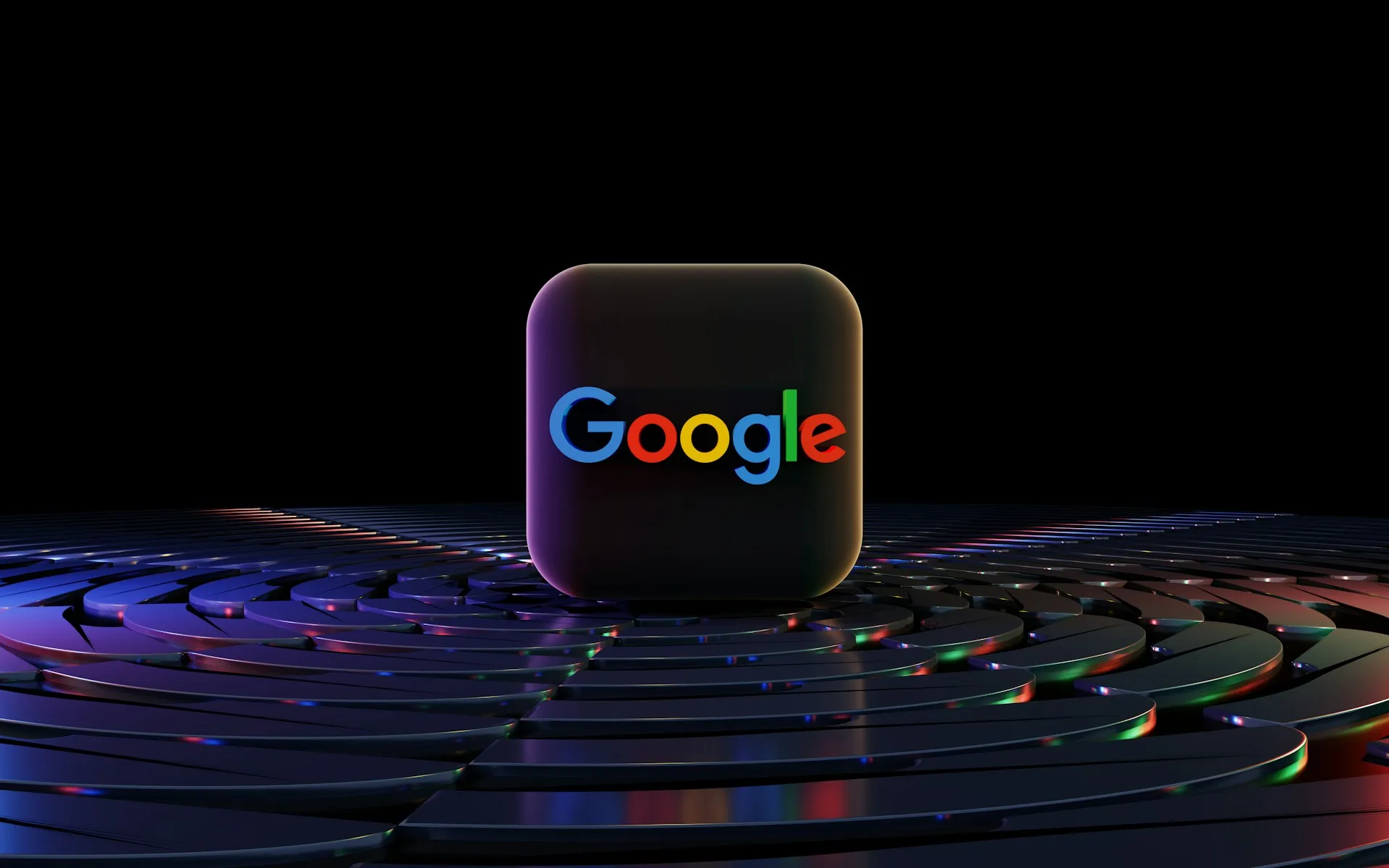
Comments
Be the first, drop a comment!